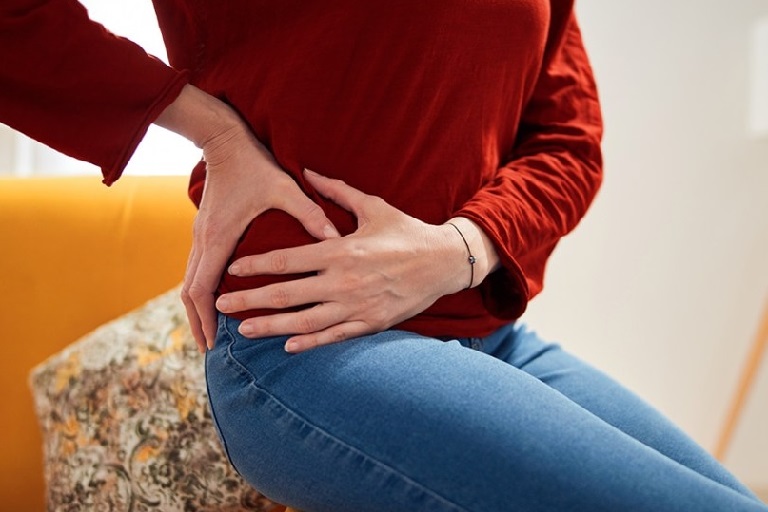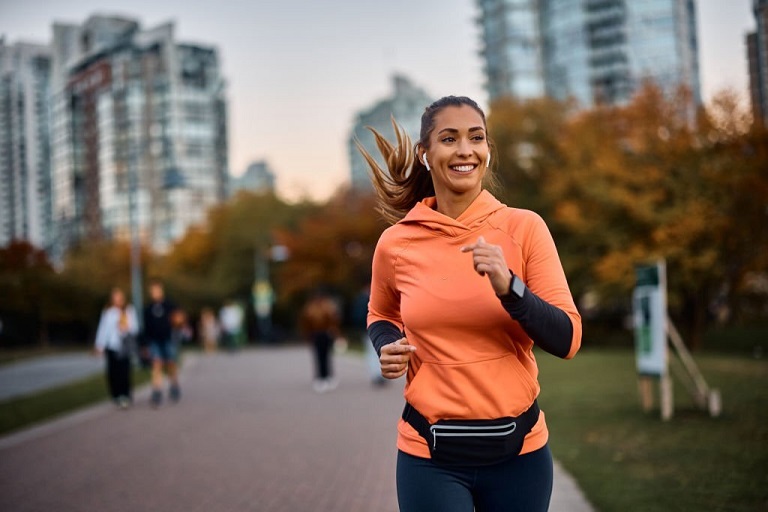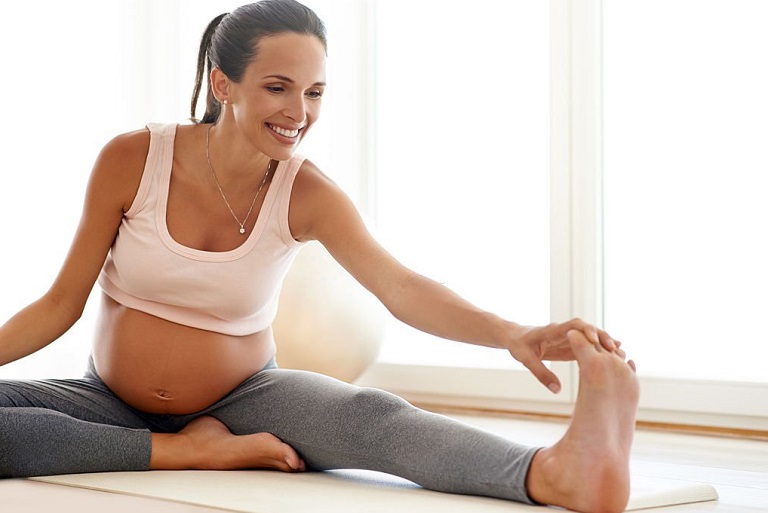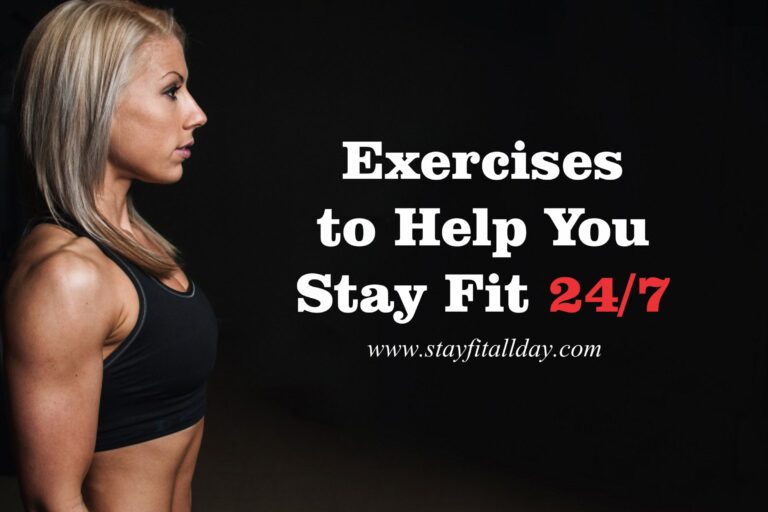You must have probably heard about the hip flexors and how effective stretching can help loosen tight hip flexors.
Sometimes, the hip flexors can become tight and begin to cause you pain, that is why it is important to understand how hip flexors injuries occurs.
If tight hip flexors are not loosened, they can limit your range of motion which can in turn result in a more serious injury.
How Hip Flexors Injuries Occurs.
Hip flexors are the engine through which our body moves. They control balance, our ability to sit, stand, twist, reach, bend, walk and step. Joining the femur to the back, groin and hips, these muscles help coordinate the top and lower parts of your body, which plays a vital role in bending down and lifting your legs.
Everything goes through the hips, and when the hip flexors tighten, it causes a lot of problems. When your hip flexors begin to feel tight, you know that is a sign of tight hip flexors. Try stretching them and try not to move too frequently in order to loosen tight hip flexors.
Tight hip flexor muscles can affect various parts of your body, so you need to be mindful of signs you have tight hip flexors.
Hip flexors include:
- The iliopsoas – two muscles designed to aid your lower back.
- The rectus femoris – joins the pelvis to the knee.
- The Sartoris – aids flexible movement in your legs.
- The pectineus – aids thigh movement.
When these muscles get overused, it can result in serious injury.
Common incidents include:
- Overuse or overstretching injuries, resulting in sharp pain and limited mobility
- Hip flexor strain, wherein the muscles are strained, torn or injured.
- Sprains, in which adjacent muscle and bone suffer damage.
How Does Tight Hip Flexors Occurs?

Each time your knees are raised to your torso, your hip flexors functions. Repetition of this motion can lead to hip flexors strain.
Most times, sitting too long can cause tight hip flexors. When you sit for long hours at a desk, the iliopsoas shortens, causing the hip flexors to become tight.
Here are some activities that causes tight hip flexors:
- Sports that repeatedly engage the hip flexors in training, without any countering movement can lead to tight hips flexors, examples are; martial arts, running and dancing.
- Sitting down in a particular place for an extended period, which causes the iliopsoas to weaken over time.
- Having a weak core, which pushes the hip flexors to stabilize the spine and work strenuously in order to afford such support. You may sooner or later experience pain and a tight sensation in this area.
- Standing up after sitting down for long hours.
- Physical issues, like having a tilted pelvis or one leg being naturally longer than the other.
- Having poor posture, which makes you lean toward one side of your body.
- Extreme concentration on lower-body exercises, like squats and deadlifts.
Symptoms of Hip Flexors Injuries.
What starts as tight hip flexors can ultimately result in:
- A sharp piercing or sudden pain in the hip, pelvis or groin area.
- Cramping, tender or aching muscles along the upper leg.
- Swelling on the hips or thigh.
- Pain in an adjacent muscle group, similar to your glutes or core.
- Reduced strength along the groin area.
- Muscle contractions in the hips or thighs.
- Limited mobility when you try to run, jump or kick.
- Hobbling.
- Tightness or stiffness after sitting for hours.
- Lower back pain.
- Trouble standing erect.
- Tightness or stiffness around the neck.
How to Loosen Tight Hip Flexors.
Generally, stretches intended to lengthen muscles and decrease tension help strengthen the hip flexors and prevent long term injuries. Performing counteracting movement like cycling and swimming can also help loosen tight hip flexors.
You can reduce your risk of hip flexors injuries by:
- Stretching your muscles before and after exercises.
- Taking a break to stand up and wall around during the day.
- Stretching and massaging your muscles with a foam roller to increase blood flow.
- Applying heat to the muscles to heat up the area and increase blood circulation.
If you seek more helpful ways to loosen tight hip flexors and relieve yourself of hip flexor pain, you need to learn how to Unlock Your Hip Flexors.






